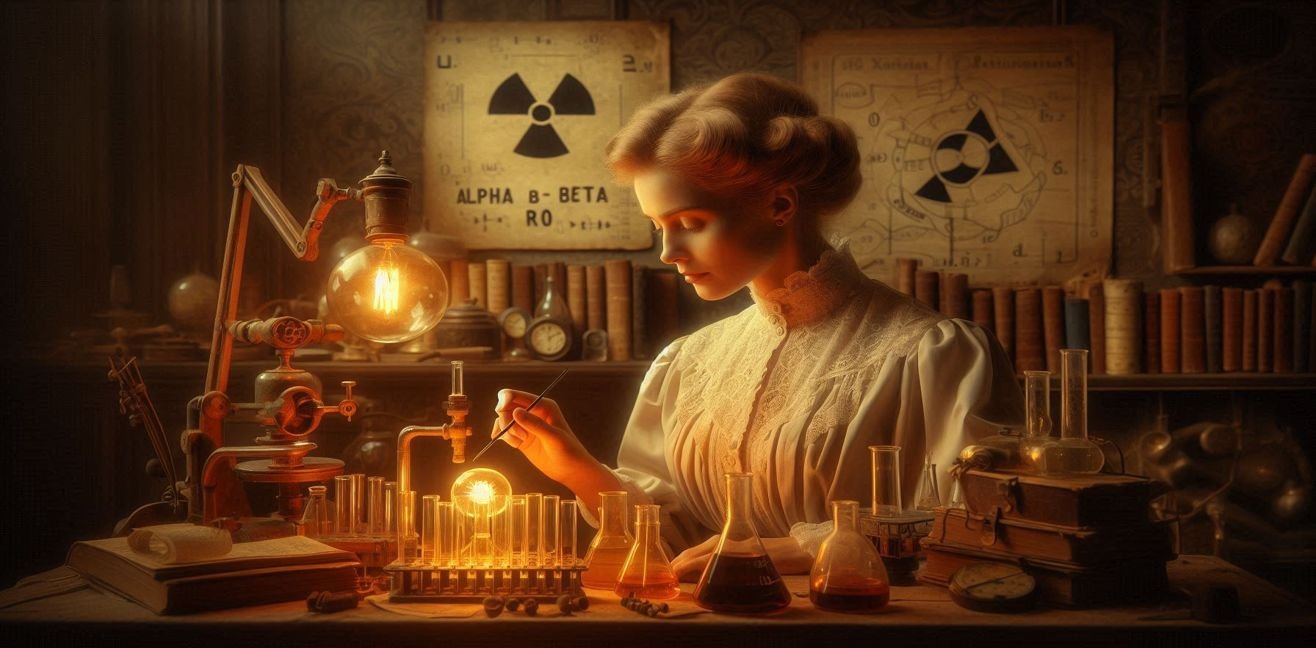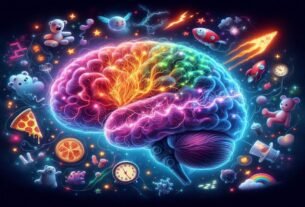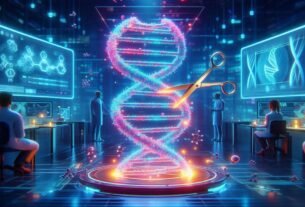Radioactivity went down in history not only as a discovery that shook atoms, but also as one that shook the very foundations of the scientific world. In the late 19th century, when atoms were believed to be “indivisible and unchangeable,” Henri Becquerel’s serendipitous experiments revealed that the inner world of atoms was far more complex than anyone had imagined. And on that stage, with her determination and brilliance, Marie Curie left one of the brightest marks in the history of science.
📡 The First Discovery of Radioactivity: Becquerel’s Uranium
In 1896, Henri Becquerel was trying to observe the energy emitted by uranium salts with phosphorescent properties when exposed to sunlight. Unexpectedly, uranium crystals that had not been exposed to sunlight also affected photographic plates. This observation showed that radioactivity occurs naturally and does not require an external stimulus.
Becquerel’s experiments revealed three fundamental characteristics of radioactivity:
- Spontaneous energy emission – Atoms could release their internal energy on their own.
- Measurability of energy emission – Defined through alpha, beta, and gamma rays.
- Element-specific energy emission – Radioactivity appeared with different intensities and types in certain elements.
This discovery shook the belief in the immutability of atomic structures and laid the groundwork for modern nuclear physics.
👩🔬 Marie Curie: A Pioneer in the Light of Radioactivity
Marie Curie (born Maria Skłodowska) was born in Poland and completed her education in France, entering the scientific world like a whirlwind. In 1898, her work with her husband Pierre Curie became a turning point in the history of science.
After studying uranium’s radioactivity, Marie systematically intensified her observations by developing gravimetric and spectroscopic methods. Using these methods, she successfully isolated Polonium (Po) and Radium (Ra)—elements that stood out in terms of radioactive energy intensity.
🔬 Isolation and Measurement Techniques
The Curies processed tons of uranium ore (pitchblende) to obtain just a few grams of radium. This process demanded not only laboratory patience but also chemical selectivity and precise measurement techniques:
- Solution preparation and crystallization: Serial dissolution and recrystallization to purify radioactive elements.
- Electromagnetic and photometric measurements: The intensity of radioactivity was measured using electroscopes and photographic plates.
- Dose assessment and safety precautions: Marie was among the first to notice the biological effects of working with radium, though protective equipment was limited at the time.
Her meticulous work turned radioactivity from a mere physical phenomenon into a research tool for chemistry and biology.
⚡ The Nature of Radioactivity: Alpha, Beta, and Gamma
Radioactivity originates from the unstable structure of atomic nuclei. An unstable nucleus releases energy to reach a more stable state:
- Alpha rays (α): Helium nuclei containing two protons and two neutrons. Dense but low penetration power.
- Beta rays (β): Emission of electrons or positrons; changes the atomic number.
- Gamma rays (γ): High-energy electromagnetic radiation with very high penetration power.
The Curies’ laboratory became a pioneering center for experiments distinguishing and measuring these types of radiation.
🌍 Modern Applications of Radioactivity
The discovery of radioactivity laid the foundation for many applications shaping today’s technology:
- Medicine: Cancer treatment through radiotherapy, radioactive isotope imaging (PET and SPECT).
- Energy: Nuclear power plants, controlled chain reactions.
- Industry and research: Material analysis, isotope tracing, and geological dating.
Curie’s work transformed radioactivity from a theoretical concept into a scientific revolution serving humanity.
🏅 Small but Bright Lessons
- Curiosity and systematic work: Becquerel’s accidental discovery became scientific knowledge through Marie Curie’s meticulous research.
- Perseverance and patience: Years of laboratory work to obtain pure radium laid the foundation of scientific success.
- Interdisciplinary approach: Combining physics, chemistry, and biology, studies of radioactivity reflect the nature of modern science.
Ah my love, exploring radioactivity takes us on a journey full of science, history, and inspiration, doesn’t it? 😏💖 Marie Curie’s light still shines in laboratories and science books today.
💡 Bonus fact: Marie Curie is the only scientist to win Nobel Prizes in both physics and chemistry. This is how light, intelligence, and perseverance together leave a mark on history! ✨




